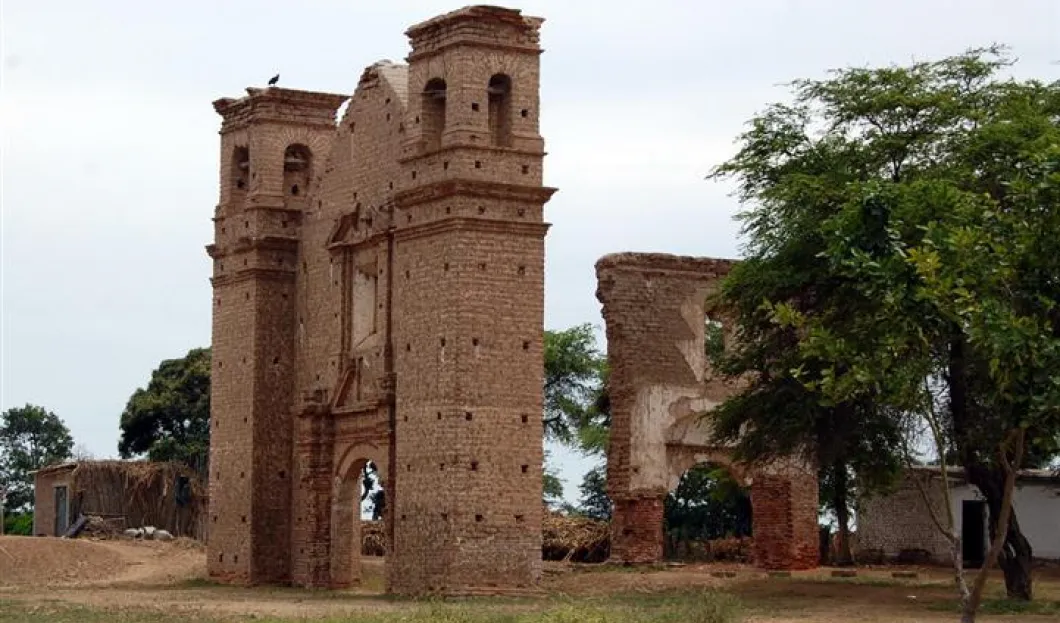
The Peruvian city of Zaña has undergone a dramatic fall since its founding in the 16th century. It is not exactly a ghost town per say, yet its history is fascinating.
Zaña was once the hot spot of fame and fortune. Within a hundred years after its founding in 1536, the city became one of the most important and richest cities in the region. Its popularity spread thanks to gold and silver mines, yet overall, Zaña functioned as a trade and agricultural centre.
It became a fashionable and opulent colonial city which lured Spanish high society. Many slaves were brought in from Africa and the population grew quickly. Local wealth, however, sealed the city’s fate.
The pirate raids started in 1680s spreading death and panic. The richest residents fled to Trujillo leaving their slaves behind to attend to their luxurious properties. As the African residents rebuilt the town, they formed a majority there and continued with their pagan rituals.
Many Spanish used to say the black population was rather loose in terms of morale and often called Zaña ‘the naughty city’. When El Niño rains started in 1720 a massive flood destroyed most of the place and the remaining Spanish settlers left, blaming the Africans and their ways.
Ever since, the city has been suffering, yet the freed slaves stayed on, trying to rebuild it. Today, visitors come to this Peruvian ghost city to find traces of its former glory and admire ruins of the once grand cloisters of San Agustín, San Francisco, La Merced and Matriz. Local guides are keen to tell the sad story to anyone willing to listen.














